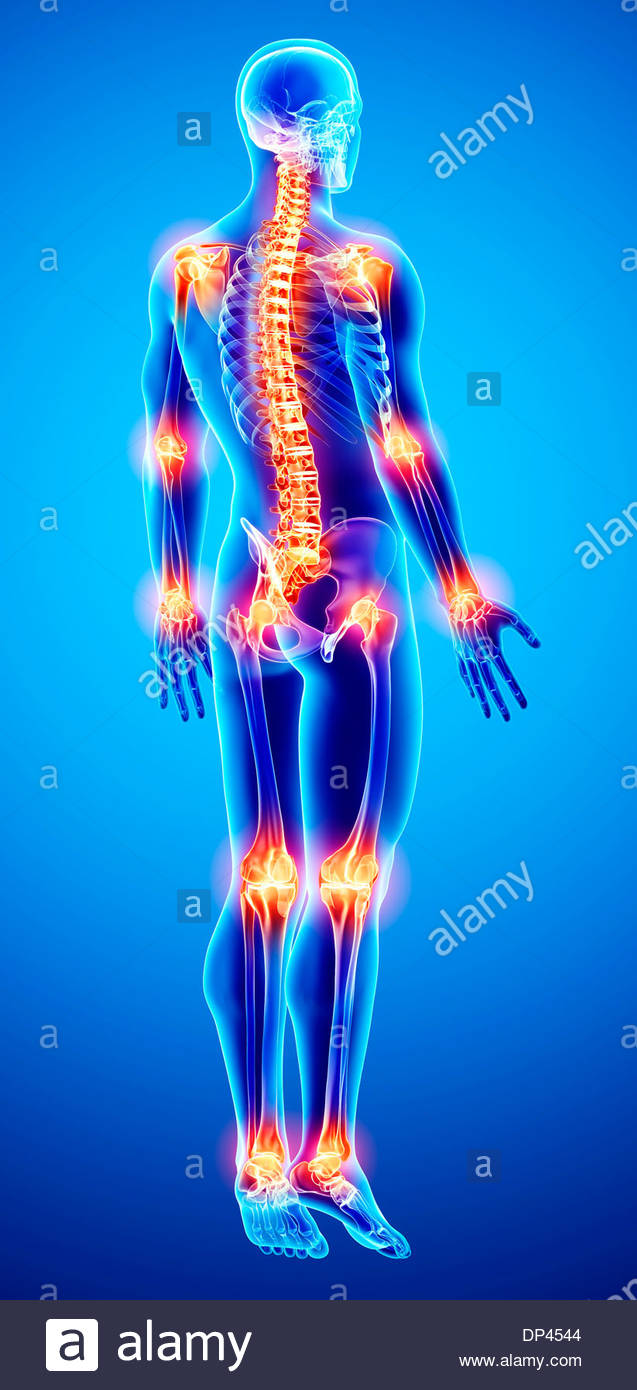20Shift: Your Daily Dose of Insight
Stay updated with the latest trends and news across various domains.
Joint Pain Jamboree: Dancing Through Discomfort
Discover tips and tricks to dance through joint pain! Join the Joint Pain Jamboree for lively solutions and move freely again!
Understanding Joint Pain: Causes and Solutions
Understanding joint pain is essential for anyone experiencing discomfort in their body. Joint pain can stem from a variety of causes, including arthritis, injuries, and overuse. While age often plays a role, it is not the only factor—many individuals experience joint pain due to lifestyle choices, such as lack of exercise or obesity. Understanding these causes allows for better management and treatment options. For example, common types of arthritis like osteoarthritis and rheumatoid arthritis can lead to significant discomfort, making it essential to identify the underlying issues.
There are several effective solutions to alleviate joint pain, which can range from natural remedies to medical interventions. Some individuals find relief through physical therapy and targeted exercises that strengthen the muscles around the joints. Others may benefit from anti-inflammatory medications or supplements like omega-3 fatty acids. Additionally, maintaining a healthy weight can significantly reduce stress on the joints. Consider incorporating a balanced diet, staying hydrated, and engaging in low-impact exercises such as swimming or yoga. It's crucial to consult with a healthcare professional for tailored advice and to explore the best options for managing your specific condition.

Top 5 Exercises to Alleviate Joint Discomfort
If you are experiencing joint discomfort, engaging in specific exercises can help alleviate pain and improve mobility. Here are the Top 5 Exercises to Alleviate Joint Discomfort:
- Gentle Stretching: Incorporating gentle stretching into your routine can increase blood flow and flexibility. Focus on major joints like knees, hips, and shoulders by holding stretches for at least 20-30 seconds.
- Water Aerobics: Exercising in water reduces the impact on your joints while providing resistance, making it an ideal choice for those with joint issues.
- Strength Training: Building muscle around the joints can provide extra support. Use light weights or resistance bands to avoid strain.
- Walking: A simple yet effective way to strengthen your joints. Aim for a brisk pace for at least 30 minutes, ensuring you wear comfortable shoes.
- Yoga: This practice focuses on stretching and strengthening through various poses while promoting relaxation, which can significantly reduce joint discomfort.
Can Dancing Actually Help with Joint Pain?
Dancing is often associated with fun and fitness, but it can also serve as a therapeutic activity for individuals suffering from joint pain. The rhythmic movements involved in dancing provide a low-impact workout that helps to keep the joints flexible without placing excessive strain on them. Engaging in dance can promote joint health by improving circulation and flexibility, which are essential factors in managing pain. Additionally, the presence of music and social interaction during dance sessions can elevate mood and reduce perceived pain levels, making it a valuable alternative to traditional forms of exercise.
Furthermore, there are various dance styles that cater to different abilities and preferences, making it accessible for those with joint pain. Styles such as ballroom, moderate-paced jazz, and even tap dancing encourage gentle movement while providing an enjoyable outlet for expression. Incorporating dancing into a regular routine not only strengthens the muscles surrounding the joints but also helps in maintaining a healthy weight, which can relieve additional pressure on the joints. Overall, engaging in dance is a delightful way to address joint pain, combining physical benefits with mental and emotional well-being.